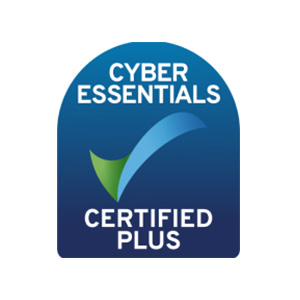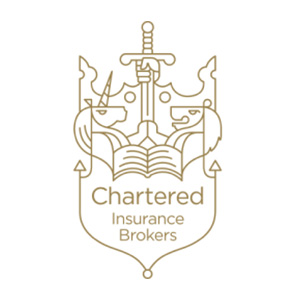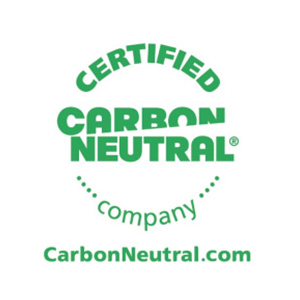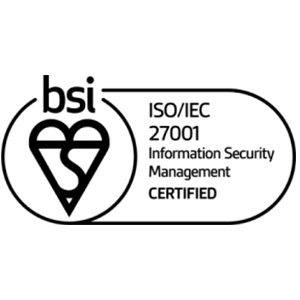
Renewable Energy insurance solutions
Receive personalised sector updates
SubscribeWhy do Renewable Energy businesses need insurance?
As renewable energy projects continue to scale, they face a variety of complex risks across development, operation, and financing stages. These projects often involve large-scale investments and tight regulatory frameworks, where compliance with evolving legal requirements is essential. Additionally, the nature of renewable energy sources brings its own set of operational challenges. These may include supply chain disruptions, equipment failure, and environmental impacts.
Tailored insurance solutions provide critical protection against these risks. From safeguarding your assets and investments to ensuring business continuity in the event of delays or damages, having comprehensive coverage can help mitigate financial exposure. Whether your focus is wind energy, solar power, or the next generation of renewable technologies, insurance can offer the support needed to manage operational challenges and secure long-term success.
Why should Renewable Energy businesses choose Griffiths & Armour?
Our team brings a wealth of experience in the renewable energy sector, providing bespoke insurance programmes designed to meet your specific needs. From annual coverage to project-specific Owner Controlled Insurance Programmes (OCIP), we support funders, developers, asset owners, and contractors throughout the project lifecycle. We work across a range of renewable energy technologies, including wind, solar, biomass, biogas, and more, delivering value-driven strategies to safeguard your investments and ensure long-term financial stability.
Our approach is built on trusted partnerships, ensuring that we provide expert support and risk management advice at every stage of your project.
In which sectors of Renewable Energy does Griffiths & Armour have expertise?
Our services are specifically tailored for the renewable energy sector, providing both annual coverages and project-specific owner-controlled insurance programmes (OCIP) to meet the unique requirements of each project. Our expertise spans various renewable energy technologies, including the following sectors:
- Onshore Wind Energy
- Offshore Wind Energy
- Solar Energy
- Hydroelectric Power
- Biomass
- Biogas (Anaerobic Digestion & Landfill)
- Waste to Energy
- Marine (Wave and Tidal)
- Geothermal
- Battery Energy Storage Systems (BESS)
Beyond Protection
Beyond Protection is our end-to-end support designed to empower your business at every stage.
FAQs
End-of-Life Turbines
One of the major risks facing onshore wind projects is the end-of-life phase of operational turbines. Typically, these turbines have a lifespan of 20-25 years, but by 2040, the UK could see nearly 9 GW of capacity lost as turbines reach the end of their operational life. Many wind farm owners are now considering extending the life of their assets through repowering or adopting new operation and maintenance (O&M) strategies. However, these approaches add complexity and cost, especially when it comes to replacing outdated equipment and managing supply chain disruptions. Detailed risk assessments and early engagement with insurance providers are crucial when implementing any life extension strategies.
Supply Chain Constraints
As the UK aims to achieve 30 GW of onshore wind capacity by 2030, supply chain stability becomes another pressing issue. The demand for raw materials, rare earth metals, and manufacturing capacity is increasing, creating intense competition on a global scale. Securing stable prices and ensuring adequate logistical and installation capabilities are essential to prevent project delays or financial strain. Proactively managing the supply chain throughout the lifecycle of a wind farm can help mitigate these risks and safeguard project development and operations.
Substation Dependency
Many onshore wind farms rely on a single substation to transfer power to the grid, which introduces a significant risk of failure. If the substation or transformer experiences an issue, the entire output from the wind farm could be disrupted. Regular testing of business continuity plans, along with detailed discussions with insurers to cover these risks, is vital to ensuring that alternatives are in place and power can be rerouted in the event of a substation failure.
Maintenance Programme
While Solar PV systems are designed to last 35 years or more, the components within them often don’t match this lifespan. A key risk is micro-cracks, also known as micro-fractures, which can occur due to natural thermal expansion and contraction of silicon cells, as well as external forces like wind, debris, or mechanical stress. These micro-fractures reduce the output and lifespan of solar PV systems. To mitigate this risk, it’s important to choose reputable manufacturers, certified installers, and implement a thorough O&M strategy. This should include a robust spare parts plan to maintain long-term reliability and minimise business interruption. Insurers will also want to review this when assessing the site.
Vegetation Management
Unmanned solar PV sites are particularly vulnerable to risks from unmanaged vegetation. Growth around solar panels can cause shading, reducing their functionality, while overgrown dry grass can increase the risk of wildfire, especially near sensitive PV modules. In some cases, sparse ground cover can also lead to mudslides or flooding. An effective vegetation management plan, established early in the project, is critical to reducing these risks and ensuring optimal performance and safety.
Theft
Solar farms, often located in remote areas, are increasingly becoming targets for theft. High-value items like solar panels and copper cables are easy to steal and difficult to trace, causing significant business interruption due to downtime. Theft not only damages equipment but can also lead to considerable financial losses. Implementing proactive security measures, such as surveillance and deterrent systems, is crucial to protecting assets and reducing the risk of theft.








